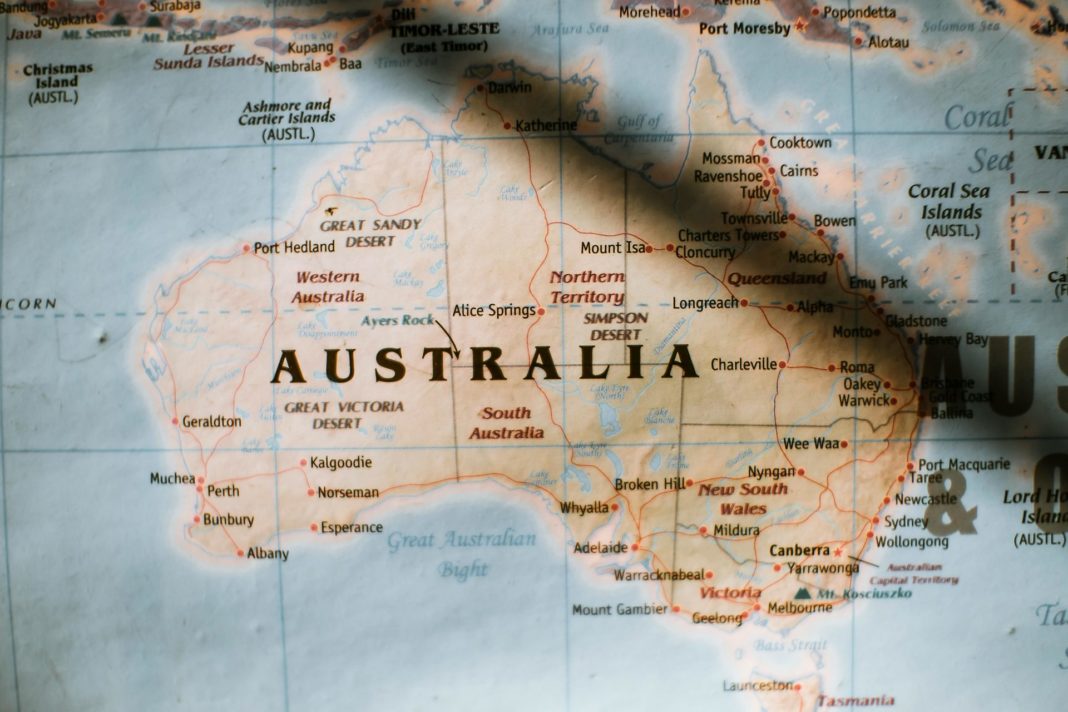Out of a total of 177 countries included in the analysis, Scandinavian and European countries topped the list, including Switzerland, Sweden, Finland and Luxembourg.
Australia was ranked 11— just missing out on the tenth spot, which went to our humble neighbours, New Zealand.
The biennial index, launched at the Norwegian Mission to the United Nations in New York this week, was published by Georgetown University’s Institute for Women, Peace and Security (GIWPS) and the Peace Research Institute Oslo (PRIO).
It uses 13 indicators to measure women’s status, including economic participation, parliamentary representation, health, risks of violence, education, employment, laws, and proximity to conflict — which estimates the number of women who live within 50 kilometres of armed conflict.
Georgetown alumna, Elena Ortiz, who is also the lead author on the report, said that the index shows that when women are doing well, everyone in society is doing well.
“Countries where women are doing well are more prosperous, peaceful, democratic and better prepared to respond to the impacts of climate change,” Ortiz said.
This year’s index, the fourth edition in history, introduced a new indicator measuring political violence targeting women – a phenomena that has been “escalating” in the past few years, and one that “threatens to stall and even roll back progress,” the report explained.
The report addressed the multiple forms political violence can target female participants in politics, including physical and sexual to the digital.
It mentioned recent attacks on women that “instill fear and portray governments as unable to protect their citizens”, such as the gang violence in a women’s prison in Honduras that left 41 women dead in June this year, and the assault and harassment of Senegalese lawmaker Amy Ndiaye Gniby by two male politicians, which also occurred in June.
Afghanistan ranked the lowest on the index, followed by Yemen, the Central African Republic, Democratic Republic of the Congo and South Sudan.
The twenty lowest-ranking countries experienced armed conflict in the past two years, with half of all women in Afghanistan, Yemen, Central African Republic and South Sudan living in close proximity to conflict.
During armed conflict, maternal deaths and risks of gender-based violence surge, while barriers to employment and education prevent women and girls from pursuing livelihood opportunities.
In Yemen for example, less than six per cent of women are employed, while in neighbouring Oman, 42 per cent of women are employed.
Countries that recorded the highest rates of political violence against women include Mexico, Brazil, Nigeria, the Democratic Republic of Congo and Myanmar.
“For women to meaningfully participate in civic spaces and decision-making roles, they must be able to do so safely without risks of political violence,” Ortiz said.
“With its scores, rankings, and robust data, the WPS Index offers a valuable tool for people working on issues of women, peace and security. Policymakers can use it to pinpoint where resources are needed.”
Comparing the latest WPS Index alongside other global indices, such as a UNESCO study on violence against female journalists, and the UN’s Human Development Index, the data revealed that women’s well-being is directly linked with the well-being of a country.
Countries where women are prospering scored higher in terms of peace, democracy and employment.
“The world is enveloped in a growing number of conflicts, and there is a rise in authoritarianism and push back against women’s progress,” Melanne Verveer, the executive director of GWIPS said.
“The index reminds us that there is a direct correlation between the well-being of women and the well-being of nations. Investments in advancing gender equality are also investments in peace, security and prosperity.”
According to womensagenda.com.au. Source of photos: internet















